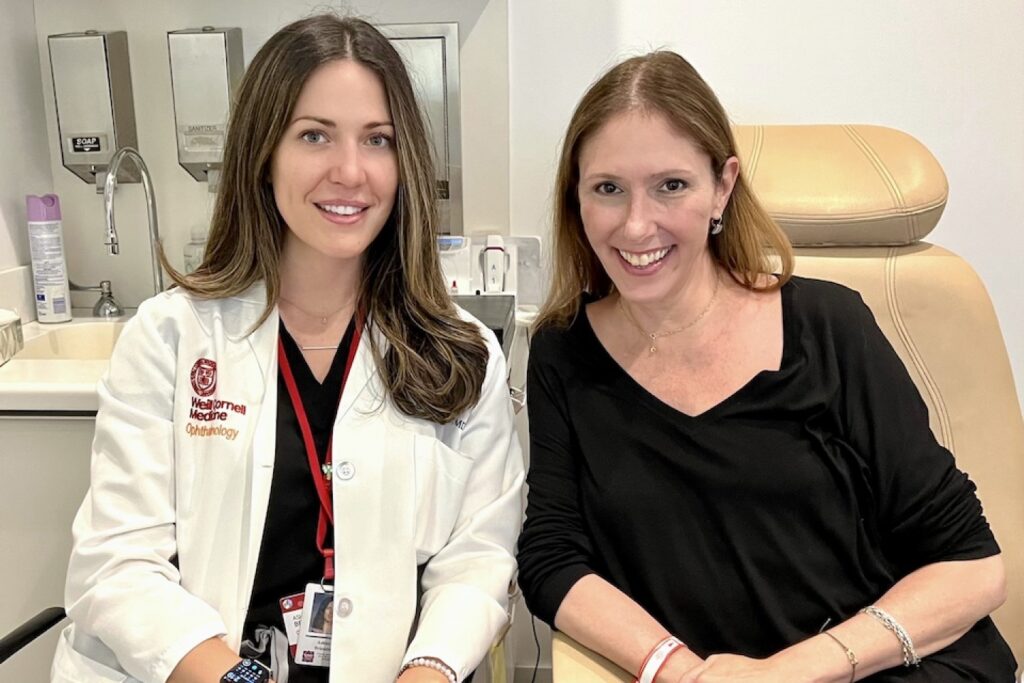Bone marrow transplants, also known as hematopoietic stem cell transplantation (HSCT), is a highly advanced medical procedure that involves replacing damaged or diseased bone marrow with healthy bone marrow stem cells that regenerate blood cells. This treatment is typically used in the treatment of cancer, blood disorders, and other genetic or immune system disorders. Although successful transplantation can be a lifesaving treatment for people of all ages, it comes with unique challenges and considerations for older adults, so understanding the limitations and opportunities is critical to the treatment’s success.
Traditionally, bone marrow transplantations in older adults were not common because of their age and related concerns. While the understanding of the complication and risk factors associated with bone marrow transplantation continues to evolve, advances in medical care have led to an increasingly high survival rate.
What is bone marrow transplantation?
The potential for aGVHD is accentuated in older adults because they are more likely to have a suppressed immune system even under the best of circumstances. Studies have shown that the overall cure rates for bone marrow transplants conducted in older adults are in line with standards for younger adults, but the survival rate is lower due to complications like aGVHD.




